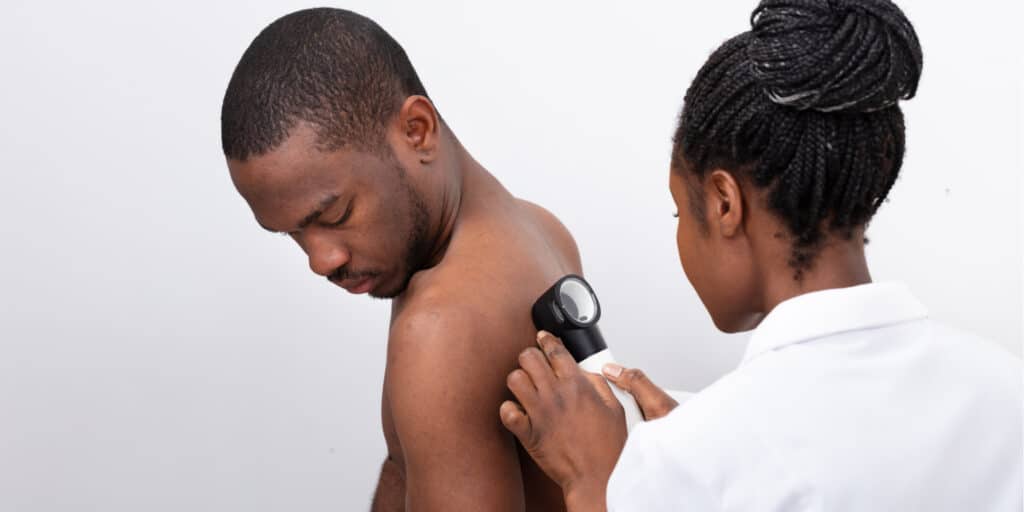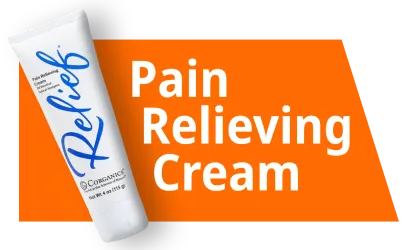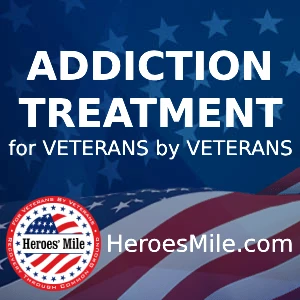We all know that the sun’s rays can be dangerous. However, skin cancers are still one of the most common cancers in the world. Melanoma Monday is a day to spread awareness about just that: the dangers of the sun’s rays, the importance of practicing good sun safety, and how we can all help in the fight against skin cancer. While we’re all aware of what melanoma and skin cancer is, chances are you may have never heard of Melanoma Monday.
To help spread awareness about this important issue, this article will cover everything you need to know about Melanoma Monday, including information about how you can lower your risk of skin cancer.
What Is Melanoma Monday?
Melanoma Monday is celebrated on the first Monday in May. Often seen as the kick-off for Skin Cancer Awareness Month, Melanoma Monday was founded by the American Academy of Dermatology in 1948 to help raise awareness about skin cancer. Since its establishment, the academy has been promoting prevention resources ahead of the summer months to improve prevention and increase screening.
Along with educating others on skin cancer, one of the most important aspects of Melanoma Monday is helping others understand how they can prevent it in the first place. Sun safety is a common term that is used to describe good practices to put in place when spending time outdoors. During Melanoma Monday organizations around the world share their tips on how to soak up the sun safely. Below, we’ve put together four simple ways you can do just that. However, let’s first take a look at why preventing skin cancer matters.
Why Preventing Skin Cancer Matters: The Importance of Melanoma Monday

Skin cancer is the most common form of cancer in the United States. Each year, more than 1 million people are diagnosed with some type of skin cancer; the most common being basal cell carcinoma, squamous cell carcinoma, and melanoma. Skin cancer is so prevalent in the U.S., in fact, that it’s estimated nearly 20 percent of the population will develop it by the age of 70.
Even though millions of people are affected by skin cancer each year, we often rush outside when the sun’s out without taking the proper precautions. We all know the sun’s rays are harmful. Sunlight contains ultraviolet (UV) radiation, which can cause skin cancer. To this day, skin cancer remains one of the most preventable types of cancer.
Preventing skin cancer doesn’t mean that you need to become a hermit, or avoid doing those summertime activities you love. The sole purpose of Melanoma Monday is to help spread awareness about how you can enjoy all that the sunlight has to offer, while at the same time avoiding the harmful effects it can have on your skin.
Melanoma Monday 2023: Four Simple Ways to Lower Your Risk of Skin Cancer
One of the most important parts of Melanoma Monday is educating others about the benefits of practicing sun safety. While Melanoma Monday was established to help warn about skin cancer in the months leading up to summer, protecting yourself from UV rays is important all year round. UV rays can reach your skin on cloudy and cool days, and can even reflect off of surfaces like water, cement, sand, and snow.
Practicing sun safety starts by first understanding UV rays. The UV index is a valuable tool that can help you protect yourself against the sun’s harmful rays. The index forecasts the strength of UV rays each day. A reading of three or higher in your area means you should take added precautions when going outdoors. This can help you avoid getting too much exposure to the sun.
Below, we’ll cover four easy steps you can take to protect yourself when the UV index is three or higher, starting by avoiding peak hours of sunlight.
Avoid Peak Hours of Sunlight
In the continental U.S., UV rays are strongest from 10 a.m. to 4 p.m. daylight saving time (9 a.m. to 3 p.m. standard time). Ideally, avoiding the sun’s rays at these times is your best option to avoid harmful exposure. If you are outdoors, try finding shelter in the shade under the trees or in other places where there is no direct sunlight.
If you are in the sunlight, try using an umbrella to shield yourself from the sun. It’s also important to keep an eye on your skin during these hours. If you notice your skin turning pink or becoming sensitive to touch, you may be experiencing harmful damage.
Another important aspect when venturing outdoors is to wear protective clothing, which we’ll cover next.
Wear Protective Clothing


UV rays can still reach your skin when you’re in the shade, which means that wearing the right clothing can be the difference between getting a sunburn and staying safe. Long-sleeved shirts and long pants or skirts can help protect your skin from UV rays.
While you may be quick to assume that light-colored, loosely woven clothing is best for the warmer weather, you may be surprised to learn that clothing that is darker colored or tightly woven gives you more protection from the sun. Tightly woven fabric can physically block the sun’s rays from reaching your skin, while the darker colored fabric absorbs them. It’s also important to note that wet clothing offers significantly less protection than dry clothing.
UV rays aren’t just an outdoor occurrence. There are many ways you can be exposed to them while indoors, both unintentionally and intentionally. The most common way people come in contact with UV rays indoors is through tanning beds.
Avoid Indoor Tanning
Indoor tanning, either by using a tanning bed, booth, sunbed, or sunlamp, to darken your skin exposes you to high levels of concentrated UV rays. Over time, too much exposure to these UV rays can cause skin cancer, such as melanoma, cataracts, and cancers of the eyes.
It’s important to understand that a tan does not indicate good health. We often think of people with fairer skin as “unwell” or “unhealthy,” however, this is simply not the case. When UV rays reach your skin’s inner layer, your body produces more melanin as a result. Melanin is the pigment that gives your skin its color. This pigment moves toward the outer layers of your skin, which then becomes visible as a tan. Any change in skin color after UV exposure (whether it is a tan or a burn) is a sign of injury, not health.
Wear Sunscreen When Outdoors
Perhaps the most obvious and well-known way to protect yourself from UV rays is to wear sunscreen. Sunscreen is a vital part of sun safety and should be a staple in your outdoor essentials. However, it’s important to note that not all sunscreen products are created equal.
When choosing a sunscreen, there are several factors that you should consider. First, choose a product that provides a sun protection factor (SPF) of 30 or higher. SPF refers to how long the sun’s UV rays would take to redden your skin versus the amount of time without any sunscreen. So, for an SPF 30 sunscreen, this would mean that it would take the sun 30 times longer to burn your skin than with no sunscreen. You should also make sure that your sunscreen is broad-spectrum, meaning it protects your skin from both UVA and UVB rays.
The next thing to consider is your skin type. This includes whether you have dry, oily, fair, or darker skin. All of these can play a role in not only how well the sunscreen protects your skin, but also how it makes your skin feel. Someone with dryer skin may benefit from a “built-in” moisturizer, while those with oily skin may find that sunscreens that contain no oil are best for them.
It’s also important to note that while skin cancer is less common among Black and Latinx populations, people of color and those with darker skin should always take precautions when spending time in the sun. While the extra melanin in darker skin offers some protection from the sun, it doesn’t block all the UV radiation. It is this damage that ultimately can lead to skin cancer.
Melanoma Monday is a time for everyone to help spread awareness about skin cancer, the risks of UV radiation, and the importance of preventing sunburns. To help spread the word this May, take to social media, talk with friends and family, and educate yourself on the dangers of skin cancer. Together, we can help raise awareness about this very common, preventable cancer.
How Are You Spending Melanoma Monday This Year?
Share your sun safety tips in the comments section below!
What topics related to melanoma should we cover next?
Email us your ideas at info@painresource.com!
Want even more Pain Resource content?





What a great read! With summer right around the corner, I needed these reminders. :)